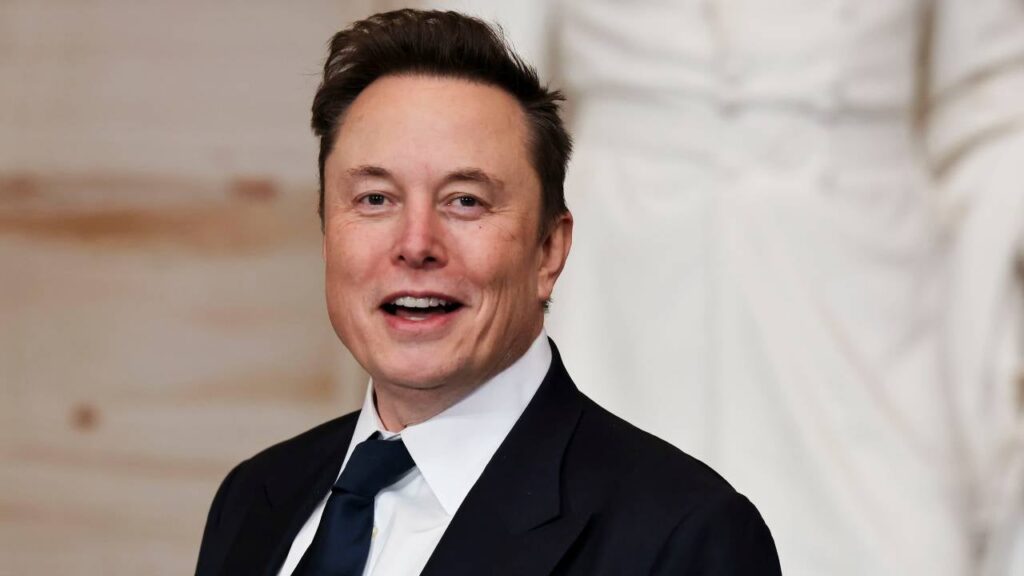
From a Teen Programmer to the World’s Richest Entrepreneur
Elon Musk’s journey is a tale of relentless ambition and groundbreaking innovation. Born in South Africa in 1971, his early passion for technology led him to self-learn programming by age 10. At just 12, he made his first business move by selling his self-developed game, Blastar, for $500.
After completing high school, Musk moved to Canada for higher education at Queen’s University before transferring to the University of Pennsylvania, where he earned degrees in physics and economics. His entrepreneurial path took off in 1995 when he co-founded Zip2, a digital business directory service for newspapers. What started with a small investment from his father eventually sold for $307 million in 1999, earning Musk $22 million at just 28 years old.
Not one to rest, Musk immediately founded X.com, an online payment service, which later evolved into PayPal. Despite losing his CEO position, his strategic vision helped shape the company, which eBay acquired for $1.5 billion in 2003, netting him $165 million.
Musk’s ambitions reached new heights when he launched SpaceX in 2002 and joined Tesla in 2004, investing $6.5 million in the newly founded EV startup. His vision for sustainable energy and advanced technology drove Tesla’s growth, and by 2008, he assumed the role of CEO. That same year, Tesla introduced the Roadster, the first all-electric car using lithium-ion battery cells, proving that electric vehicles could rival gasoline-powered cars in both performance and range.
SpaceX: Transforming Space Travel
Musk established SpaceX in 2002 with the bold goal of making space travel more affordable and eventually colonizing Mars. The company achieved a major milestone in 2008 when the Falcon 1 became the first privately developed, liquid-fueled rocket to reach orbit. This success paved the way for the Falcon 9 and Dragon capsule, facilitating cargo missions to the International Space Station (ISS) and eventually enabling human spaceflight.
One of SpaceX’s most revolutionary achievements came in 2016 when it successfully landed the first stage of a Falcon 9 rocket, proving the viability of reusable rockets. Further breakthroughs included the launch of Falcon Heavy in 2018 and the historic Crew Dragon mission in 2020, which returned human spaceflight capabilities to the U.S. for the first time in nearly a decade.
With significantly lower launch costs—such as the Falcon Heavy’s $1,300 per kg compared to the Space Shuttle’s $60,000 per kg—SpaceX has transformed space economics, making space exploration more accessible. The company’s technological advancements have positioned it as one of the most desirable employers in the U.S., consistently ranking as a top workplace for engineering and tech professionals.
Tesla: Leading the Shift to Sustainable Energy
Since its founding in 2003, Tesla has become a leader in the electric vehicle (EV) and renewable energy industries. The launch of the Roadster in 2008 demonstrated the potential of high-performance EVs, while the Model S in 2012 cemented Tesla’s reputation as a serious contender in the automotive world.
The introduction of the Model 3 in 2017 marked a major turning point, bringing electric vehicles to the mass market. Tesla has continued to push boundaries with advancements in autonomous driving, battery technology, and energy solutions, including products like the Powerwall and Solar Roof.
Tesla’s success has forced traditional automakers to accelerate their transition to electric vehicles, proving Musk’s impact on the industry. Today, Tesla is the world’s most valuable car company, with a market capitalization exceeding $500 billion.
The Twitter Takeover: Redefining Social Media
In early 2022, Musk began purchasing Twitter stock, eventually acquiring a 9.2% stake in the company. His $43 billion takeover bid sparked controversy, yet the Twitter board accepted his offer without requiring due diligence. After a series of legal battles, Musk finalized the $44 billion acquisition in October 2022, famously changing his bio to “Chief Twit.”
Post-acquisition, Musk made sweeping changes, including firing key executives and advocating for a more open content moderation approach. He rebranded Twitter as “X,” with aspirations to transform it into a super app offering services beyond social media. However, the platform’s long-term success under Musk’s leadership remains uncertain.
Beyond Space and Cars: Expanding the Limits of Innovation
Musk’s influence extends far beyond SpaceX and Tesla, with ventures spanning AI, neurotechnology, and infrastructure.
- Neuralink (2016): Focused on brain-computer interfaces, Neuralink aims to merge human cognition with AI, potentially treating neurological disorders and enhancing brain function.
- The Boring Company (2016): Developed to combat urban traffic congestion through underground tunnel systems, reimagining city transportation.
- SolarCity (Acquired by Tesla in 2016): A leading solar energy provider, working toward making solar power accessible and affordable.
- OpenAI (Co-founder, 2015): Dedicated to ensuring AI development aligns with human values and benefits all of humanity.
From space travel and sustainable energy to AI and urban transportation, Musk’s ventures showcase his unwavering drive to tackle the world’s most pressing challenges.
Conclusion
Elon Musk’s journey—from coding a video game at age 12 to leading some of the most revolutionary companies of our time—is a testament to his vision and determination. Whether it’s Tesla, SpaceX, or his push into AI and infrastructure, Musk continues to redefine industries and shape the future of technology.










